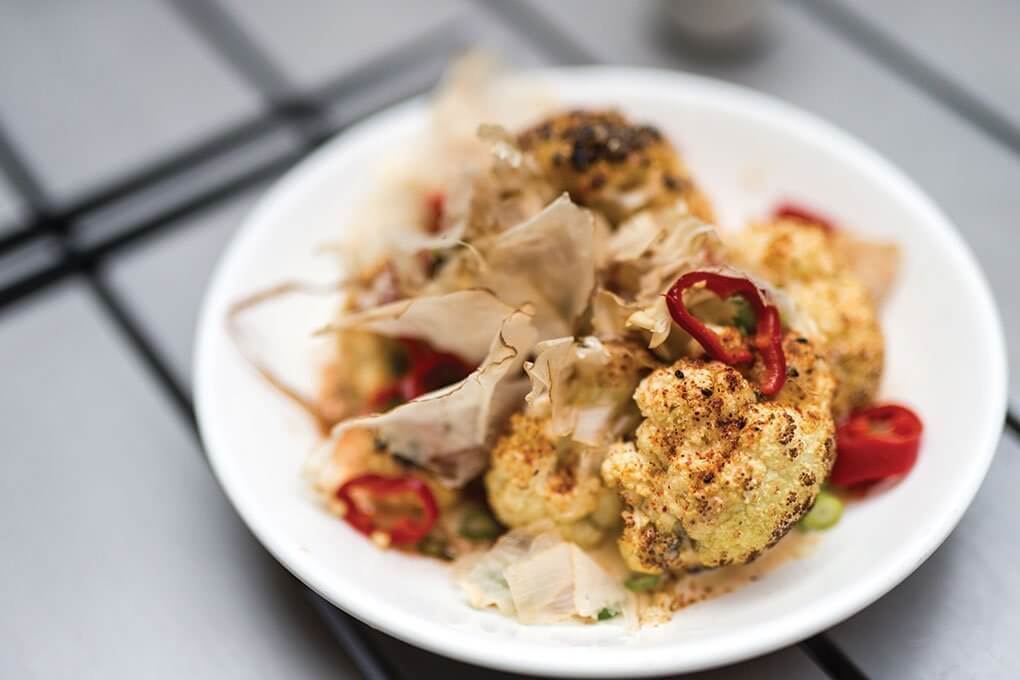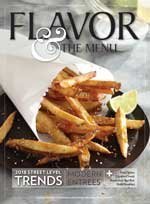Modern compound butters are as versatile as butter itself but with more flavor and visual impact. Flavored butters allow operators to preserve seasonal flavors or delicate ingredients. They also provide an operator with the opportunity to not only create a standout dish but also charge more for it.
The potential flavor combinations and ingredients that work in compound butters are virtually endless, limited only by menu focus, operator creativity and ingredient availability.
Read more – 10 Butter Upgrades
When considering compound butters, operators should think about visual impact, textural quality and flavor complexity. The more complex the flavor, the less versatile it may be across the menu, while more basic flavors can be applied across an incredibly broad range of items.
Operational Advantages
- Preserves seasonal/highly perishable ingredients
- Adds flavor layer when plating
- Creates customizable add-on options
- Delivers up-sell potential
- Requires limited labor skill/time
10 Applications for Flavored Butter
- Replace unflavored butter in baked goods
- Swirl into pasta dishes
- Add on to bread service
- Mount onto proteins and pastas
- Rub on and under poultry skin
- Spread atop breakfast baked goods
- Baste onto proteins
- Flavor vegetables and other sides
- Use as a spread for grilled cheese and other griddled sandwiches
- Use in cocktails or other beverages











